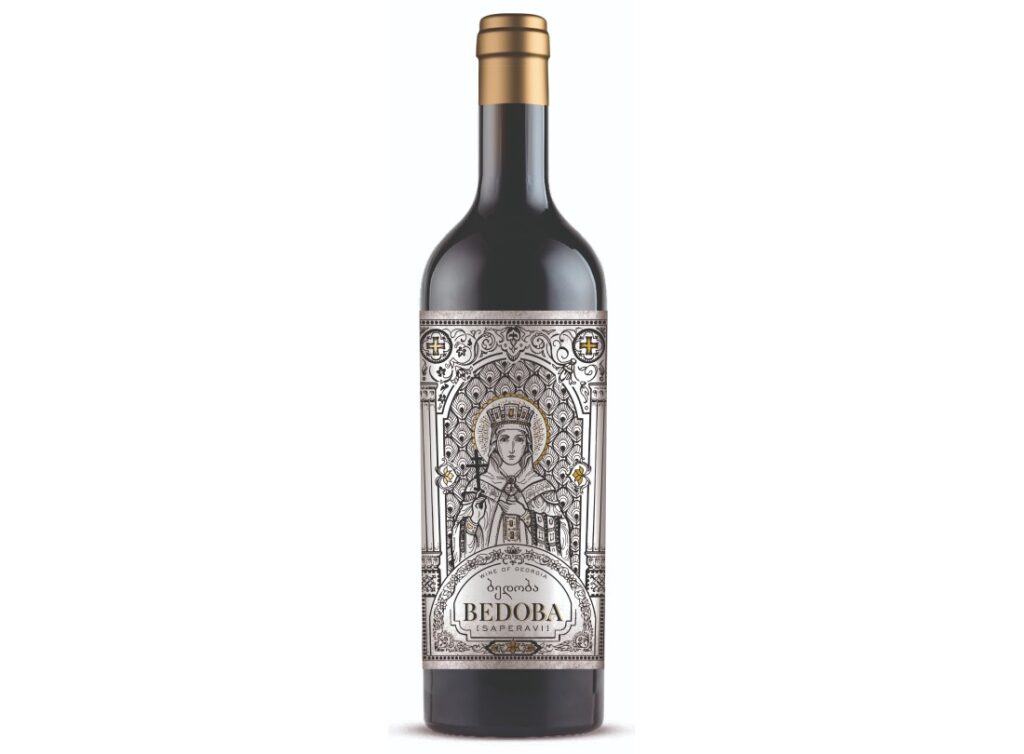
I recently embarked on a short P&O cruise, primarily for a holiday rather than to scrutinise their wine offerings. However, I couldn’t help but take a few notes. The quality of wine on cruises can be unpredictable, with underqualified staff and seriously overpriced bottles due to the captive audience. However, P&O stands out from the typical cruise line experience.
Predominantly serving UK customers and despite owned by the US-based Carnival Corporation, P&O offers a refreshing divergence from the usual US-centric wine selections found on other lines. While the standard, limited, wine offerings in the P&O bars and restaurants are mostly ‘typical’ and hit-and-miss, they are relatively reasonably priced, especially when compared to the more upscale cruise lines where I have found the better wines cost $19+ per glass + 20% tip.
However, a distinguishing feature on P&O ships is ‘The Glass House’, a separate area curated by Olly Smith, UK television presenter and wine expert. The concept behind The Glass House is to demystify wine, making it accessible and enjoyable for all guests, irrespective of their wine knowledge. The venue boasts an extensive wine list with global options available by the bottle or glass, the latter of which Olly particularly emphasises to allow guests to sample great wines without the commitment to a full bottle. The selection in The Glass House is thoughtfully curated to suit a variety of tastes and budgets. Complementing the wines is a small food menu, designed specifically to enhance the wine tasting experience.
A standout on The Glass House menu was the Bedoba Saperavi, a vibrant red from Georgia priced at only £7.50 for 175ml (no tips % added on P&O). Bedoba, meaning ‘Day of Luck’, this wine offered a bold, fruity aroma with caramel notes and well-balanced, smooth tannins. This wine somehow tasted even better than when I last tasted at the Liberty Wines Tasting – maybe it was because I was on holiday.
Also memorable was what I was told, by a waiter, was Bedoba Cabernet Sauvignon, not listed on the menu, but similar in style to the Saperavi, enriched with blackcurrant notes. Curiously, upon returning home, I was unable to find this particular Cabernet, leading me to suspect it might have been the Perez Cruz Reserva Cabernet Sauvignon that was listed on the menu. Such is the nature of wine service at sea.
Another notable wine at the Glass House was the Barolo Casa E Di Mirafiore, a rich and fruitier interpretation of Barolo, which included delightful toffee notes, available at £11.95 for 175ml.
An unusual find was the Argentinian La Linda Torrontes from Bodega Luigi Bosca. This white wine, reminiscent of a Gewürztraminer but with a more nuanced flavour profile, boasted exotic, tropical fruit notes. It was £7.50 for 175ml.
From the standard restaurant/bar menu, the Penfolds Bin 28 Kalimna Shiraz stood out, an exceptionally aromatic and fruity wine priced at £15.70 for 175ml.

An unexpected perk of our loyalty level with P&O was a complimentary bottle of Baron De Villeboerg Champagne and 5% off the above wine prices. Despite its unassuming red label, the Champagne surprised us with a strong mousse and a rich golden colour, presenting a buttery, toasty flavour with more sweetness than expected but within acceptable range.
Despite the high points, The Glass House did experience some setbacks, such as running out of popular wines like the Saperavi and Primitivo just four days into the cruise. This was disappointing, especially for a venue that prides itself on its curated selection and food pairings.
Overall, my experience with P&O’s wine offerings reflected a significant improvement over typical cruise line fare. While there were a few service glitches, reminiscent of the broader challenges faced by the hospitality industry post-pandemic and post-Brexit, the quality and pricing of the wines provided a better-than-expected experience, making P&O a commendable choice for wine lovers at sea.













